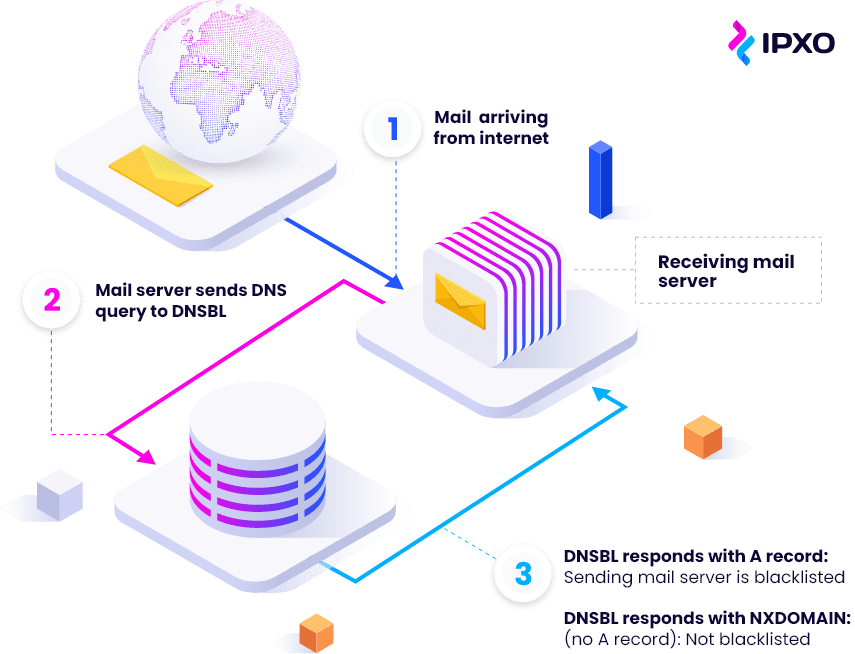Send With Confidence
Partner with the email service trusted by developers and marketers for time-savings, scalability, and delivery expertise.


Time to read: 6 minutes
Most email marketers have found themselves on at least one IP or domain blocklist at some point. If you find yourself on a blocklist, it’s a good idea to assess your address collection practices, evaluate your sunsetting policy, and request a delisting from the relevant blocklist removal form (if available).
The impact of having your IP or domain on a blocklist can range from being a small annoyance to a complete showstopper for your email deliverability. Because deliverability is the primary concern for most email marketers, it’s crucial to understand how blocklists function and what you can do as a sender to reduce your risk of being blocklisted.
First, let’s start with a basic definition: what is an email blocklist? An email blocklist is a record that contains IP addresses or domains flagged by spam filters. Servers use this information to determine which addresses to block—either by diverting directly to a spam folder or by disallowing the send to occur at all.
In simple terms, a blocklist is a barrier between you and your email recipients. While some email blocklists have a bigger impact on your deliverability than others, your email marketing success depends on tracking metrics and ensuring good open rates.
To help you understand how a blocklist works, check out the diagram below.

For the most part, spam traps fall into 1 of 3 categories:
Note: Some email blocklists also list domains and IP addresses based on user-generated feedback and manual reporting of unsolicited emails.
There are a lot of blocklists, but a good starting point is to perform an email blocklist check to see if your IPs or domains are on any of these popular lists:
Want to know what to do when your email gets blocked? Fortunately, there are plenty of corrective actions you can take before you wind up on an email blocklist.
But if you want to know how to avoid email blocklists, your answer is reputation monitoring—the key to maximum email deliverability. By closely monitoring your complaint rates, you can prevent delivery failures proactively. Check your statistics with each campaign deployment and look for delivery dips and low engagement rates. You also need to be mindful when adding new subscribers to your email list to ensure you’re not the victim of spam traps.
Keep in mind the best solution differs for every business model. Here are several actions you might take:
Before adding a new recipient address to your active mailing list(s), send a confirmation email.
Pros:
Cons:
Remove email addresses from your mailing list if these don’t open or click a message in a certain period. This period varies depending on factors like your industry and sending frequency. Pros:
Cons:
Check email addresses at the point of sign-up for validity and common typos. Pros:
Cons:
Blocklists don’t exist to make life more difficult for email senders. These are here to help mitigate spam and keep recipients happy.
Remember that the purpose of email blocklists is to prevent email from landing in inboxes that didn’t recently opt in to receive email with explicit and informed consent.
This means that no single preventative measure will guarantee zero blocklistings.
But it also means that if you do everything in your power to send email that people want, it’ll make the process of getting delisted that much easier!
At Twilio SendGrid, getting your emails delivered to your recipients’ inboxes is our top priority. Our user-friendly dashboard, domain, and IP blocklist monitoring, and real-time email alerts keep you on top of your reputation score to discover deliverability issues. Learn more, then get started for free.
Partner with the email service trusted by developers and marketers for time-savings, scalability, and delivery expertise.